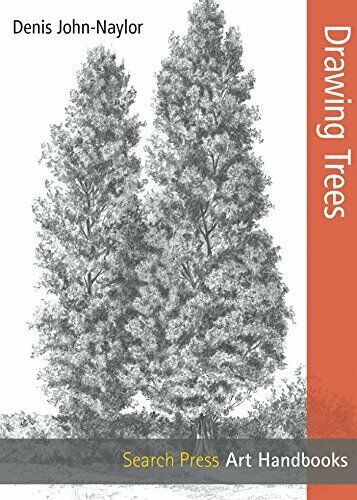Routine Trees
By Jared Richards, Learning and Information Services Supervisor
 To alter a proverb just slightly, I’d say routine is the spice of life. That spice might be the sprinkle of paprika on top of a deviled egg, more there for aesthetics than flavor, but you eat with your eyes first, so aesthetics are important. In this analogy, the deviled egg is your day, and the paprika is that one routine that makes your day a little more appealing.
To alter a proverb just slightly, I’d say routine is the spice of life. That spice might be the sprinkle of paprika on top of a deviled egg, more there for aesthetics than flavor, but you eat with your eyes first, so aesthetics are important. In this analogy, the deviled egg is your day, and the paprika is that one routine that makes your day a little more appealing.
Now, despite these analogies, my latest routine has nothing to do with food. Sorry to disappoint, but the cookbook section at the Manhattan Public Library is rather large, so if I’ve unintentionally whetted your appetite, come on down to the library.
My new daily routine, beginning this year, is to draw a tree each day. I have no formal training in art, and that would go without saying if you could see most of my trees, but the whole point is to have fun and get better, and so far I’m ticking both of those boxes.
One obvious inspiration for this is Bob Ross. I grew up watching him, and he was all about the happy little trees. In thirty minutes he could go from a blank canvas to a colorful landscape that you could imagine wandering off and getting lost in. I was most inspired when he added a giant streak of dark paint down the front of the canvas, surely ruining everything he just painted, but then he turned it into a tree that looks like it was meant to be there all along.
I am drawing and painting digitally, so my bold strokes can be easily undone, but I have learned not to be afraid to try things out and see how they look. That experimentation has led to some interesting outcomes that wouldn’t have happened without Bob Ross. We have one Bob Ross DVD at the library, “Getting Started with Bob Ross,” in which he explains his painting technique and demonstrates it with a painting. We also have access to several seasons of “The Joy of Painting” through Hoopla, one of our online resources.
When I first decided I was going to focus on trees, I checked out books specifically about drawing trees, because that seemed logical. “Drawing Trees and Leaves” by Julia Kuo has a simplistic art style and proved to be a nice starting place to dip my toes in the water. Each drawing starts with basic shapes, like a dome for willows or a triangle for conifers, and you work your way down to the details.
“Drawing Trees” by Denis John-Naylor is a short handbook that quickly goes through needed materials, tips, and techniques, using various types of trees as examples. Stanley Maltzman takes it a step further in “Drawing Trees: Step by Step.” Along with materials and techniques, Maltzman goes into greater detail, covering unique aspects of the different types of trees, details in nature to add to your scene, composition, and he briefly touches on mediums other than pencil and charcoal.
This led me to books that weren’t specifically about trees, but covered other mediums, like paint and papercutting, both of which I can at least experiment with digitally. “Watercolor: A Beginner’s Guide” by Elizabeth Horowitz features a section on negative shapes, which are the empty areas around the main focus of the painting. One particular example used to demonstrate this shows what looks like an inverted painting, where all the negative space between the branches is colorful and the tree is just a white silhouette.
In Jessica Palmer’s “The Art of Papercutting,” the negative shape is physically cut out, leaving behind the scene. Both of these books have given me a new way to look at and approach my drawings.
Finally, I looked for books with actual pictures for real-world references. We have a number of books on landscaping and gardening that serve as great reference material. I have really enjoyed “Shrubs” by Roger Phillips. Not really a title that jumps off the shelf, but the pictures inside are fantastic. Each aspect of the shrub, like the branches, leaves, and flowers, is laid out on the page and photographed in great detail.
I don’t know how long I’ll keep up with this daily routine. I’m over fifty trees deep at the moment, and I’m still enjoying the challenge. And I encourage you to find a routine to spice up your day. Maybe it’s actual cooking, and you’ll get to use paprika for more than just aesthetics. How cool would that be?

